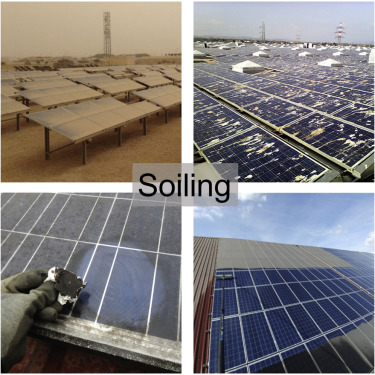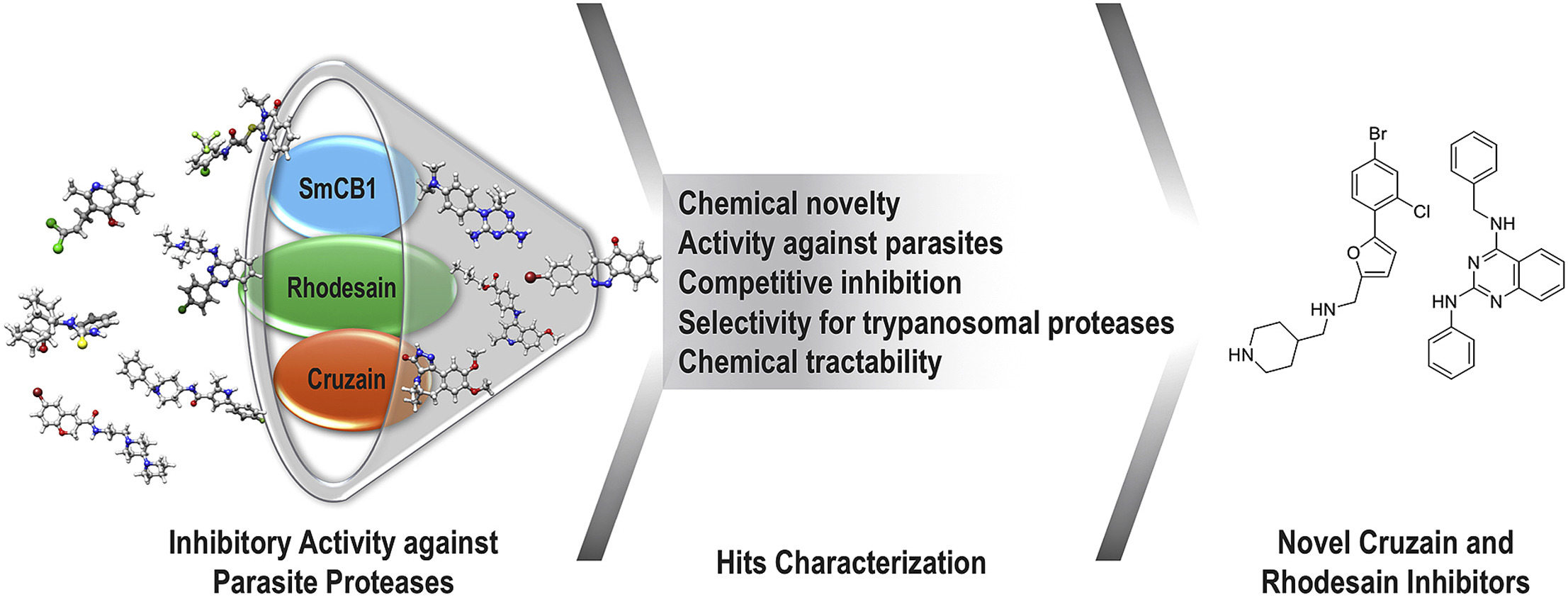Elsevier, Joule, Volume 3, 16 October 2019
Soiling consists of the deposition of contaminants onto photovoltaic (PV) modules or mirrors and tubes of concentrated solar power systems (CSPs). It often results in a drastic reduction of power generation, which potentially renders an installation economically unviable and therefore must be mitigated. On the other hand, the corresponding costs for cleaning can significantly increase the price of energy generated. In this work, the importance of soiling is assessed for the global PV and CSP key markets.
Elsevier, International Journal of Educational Development, Volume 70, October 2019
This study empirically examines the effects of school toilet provision on the primary-school attendance rate in Kenya. Using over 4200 school-level observations between 2013 and 2015, the results consistently show that an increase in the school toilet availability per student significantly raises the primary school attendance rate among both boys and girls. Moreover, the effects are larger for girls than for boys, and especially for pubescent girls.
Elsevier, Renewable Energy, Volume 141, October 2019
Agricultural wastes are readily available in farming communities and can be utilised for off-grid electrification as an alternative to diesel generators. This work evaluates for the first time the life cycle environmental sustainability of these small-scale systems in the context of Southeast Asia. Rice and coconut residues are considered for direct combustion and gasification, and livestock manure for anaerobic digestion. Overall, anaerobic digestion is the best option for 14 out of 18 impacts estimated through life cycle assessment.
Elsevier, European Journal of Medicinal Chemistry, Volume 179, 1 October 2019
Chagas disease, Human African Trypanosomiasis, and schistosomiasis are neglected parasitic diseases for which new treatments are urgently needed. To identify new chemical leads, we screened the 400 compounds of the Open Access Malaria Box against the cysteine proteases, cruzain (Trypanosoma cruzi), rhodesain (Trypanosoma brucei) and SmCB1 (Schistosoma mansoni), which are therapeutic targets for these diseases. Whereas just three hits were observed for SmCB1, 70 compounds inhibited cruzain or rhodesain by at least 50% at 5 μM.
Elsevier, Journal of Clinical Densitometry, Volume 22, October - December 2019
To answer important questions in the fields of monitoring with densitometry, dual-energy X-ray absorptiometry machine cross-calibration, monitoring, spinal cord injury, periprosthetic and orthopedic bone health, transgender medicine, and pediatric bone health, the International Society for Clinical Densitometry (ISCD) held a Position Development Conference from March 20 to 23, 2019. Potential topics requiring guidance were solicited from ISCD members in 2017. Following that, a steering committee selected, prioritized, and grouped topics into Task Forces.
Elsevier, Energy, Volume 185, 15 October 2019
Electricity systems based on renewables have an increasing demand for flexibility. This paper considers the potential of power-to-gas to provide flexibility and enhance system integration of renewables. Existing research on power-to-gas typically analyses the system effects of a predetermined power-to-gas unit without endogenising the investment decision. Moreover, insights related to market and portfolio effects of power-to-gas are rare. To this end this work presents a stochastic electricity market model.
Elsevier, One Earth, Volume 1, 25 October 2019
A new threat now confronts the Amazon in the form of a massive infrastructure program, the Initiative for the Integration of the Regional Infrastructure of South America, or IIRSA. This article presents results of a projection analysis showing that IIRSA could push the Amazonian forest past a “tipping point,” replacing it with tropical savanna. Such an event would degrade biodiversity, reduce carbon storage, and harm continental agriculture, dependent on moisture transport from forest-based rainfall recycling.
Elsevier, One Earth, Volume 1, 25 October 2019
Economic development projects are increasingly applying the mitigation hierarchy to achieve No Net Loss, or even a Net Gain, of biodiversity. Because people value biodiversity and ecosystem services, this can affect the well-being of local people; however, these types of social impacts from development receive limited consideration. We present ethical, practical, and regulatory reasons why development projects applying the mitigation hierarchy should consider related social impacts.
Elsevier, The Lancet Global Health, Volume 7, October 2019
Background: Globally, about 30% of women have experienced physical or sexual violence, or both, from an intimate partner during their lifetime. Associations between poverty and women's increased risk of intimate partner violence have been observed. We therefore aimed to assess the effect of a violence prevention intervention delivered to women participating in a group-based microfinance scheme in Tanzania. Methods: We did a cluster randomised controlled trial among women taking part in a microfinance loan scheme in Mwanza city, Tanzania.
Elsevier, One Earth, Volume 1, 25 October 2019
To conserve the bulk of Earth's ecological heritage across the Anthropocene, setting aside half of Earth's land is just a start. To conserve biodiversity over the long term across an increasingly human planet, conservation must become as integral to the human enterprise around the world as are social and economic development.


